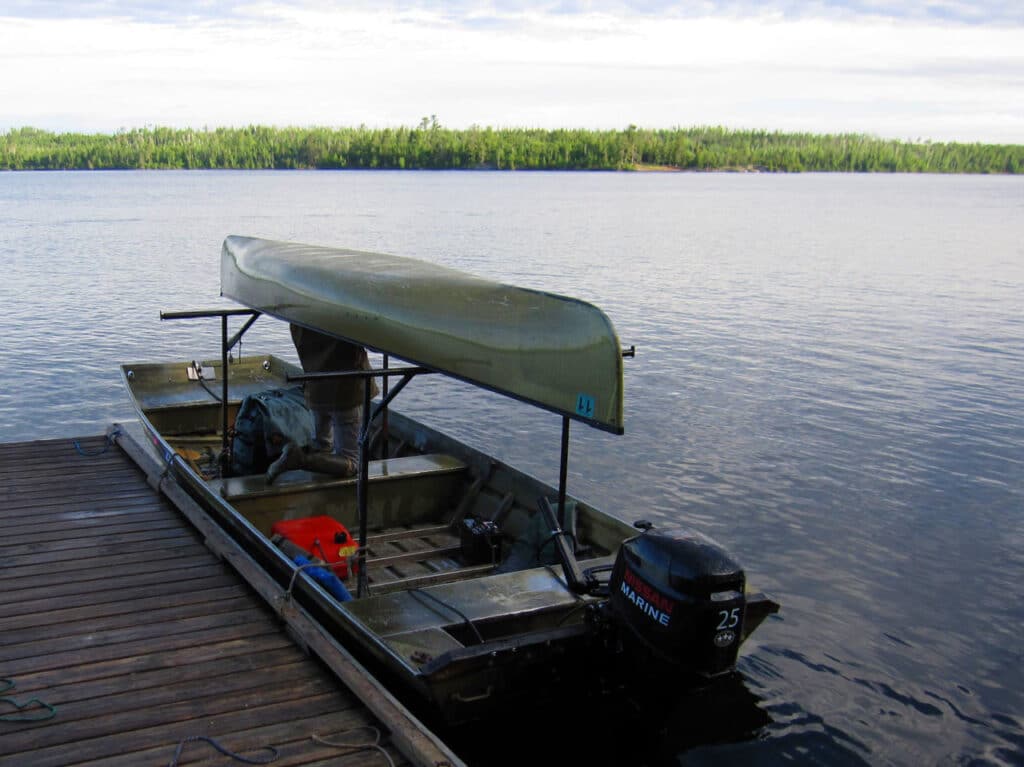
The Superior National Forest is in the process of analyzing and possibly cutting the number of motorboats that carry people and canoes across lakes where motors are allowed in the Boundary Waters Canoe Area Wilderness. The use of the service has increased in the past five years, and wilderness advocates say it degrades a large portion of the protected area.
Star Tribune outdoors writer Tony Kennedy reported on the issue in a recent article. The writer took a towboat up the Moose Chain to Ensign Lake, and concluded the article by saying he would do it again.
“The timeline of the review and eventual decision is uncertain. But sometime next spring, the Forest Service plans to start a ‘pre-scoping” exercise to gather feedback from stakeholders and the public,” Kennedy reported. “From there, the agency will produce a draft proposal on future towboat service. After feedback is received on the draft, the Forest Service will settle on a formal proposal that could possibly cut towboat availability.”
The process is part of larger challenges facing the Boundary Waters, including overuse and crowding. A Forest Service spokesperson said visitors lately have been on average exceeding levels of encounters with other groups that the agency uses to measure solitude. The agency is evaluating towboats among other issues.
Montana-based advocacy organization Wilderness Watch sued the Forest Service over towboat management in 2015 and the litigation is ongoing. The organization argues more motorized trips into the wilderness are being allowed than was intended by Congress in the 1978 BWCAW Act.
“From a wilderness standpoint, we don’t think they are needed,” said Kevin Proescholdt, Minnesota-based conservation director for Wilderness Watch and longtime Boundary Waters advocate. He says the excessive use significantly degrades the wilderness experience on several large lakes, forcing people seeking nonmotorized experiences to crowd into other areas.
But pro-motor advocates say towboats, which carry canoeists rapidly through motorized lakes on the edge of the wilderness, help spread people out more, reducing crowding.
“We’re looking at motorized use pretty hard,” said Connie Cummins, supervisor of the Superior National Forest. “We know with towboats there is a lot of interest in how we manage them and where we go from here.”
Towboats are allowed on two rivers and 14 lakes currently, the Star Tribune reported. It is especially popular on entry point lakes Moose and Saganaga.
According to Wilderness Watch, such trips are supposed to be capped at 1,342 per year. In 2015, outfitters reported providing 3,643 trips. In 2020, the Star Tribune reports there were 3,865 towboat trips.
More information:
- Hitchin’ a ride in the BWCA – but for how long? – Star Tribune
- WW Sues to Stop Motorboat Abuse in Boundary Waters – Wilderness Watch

